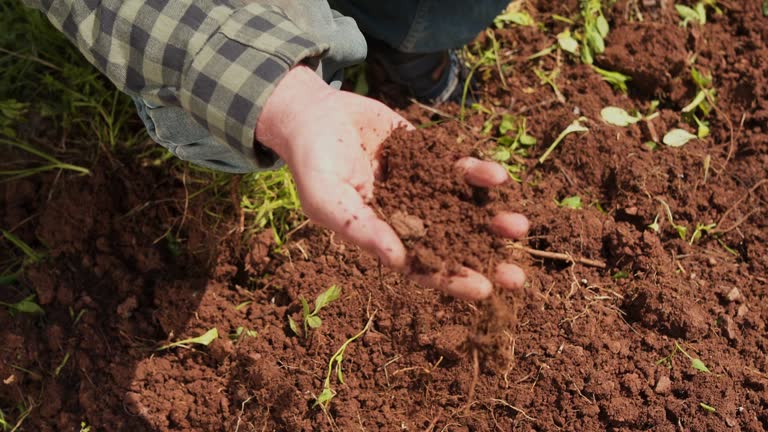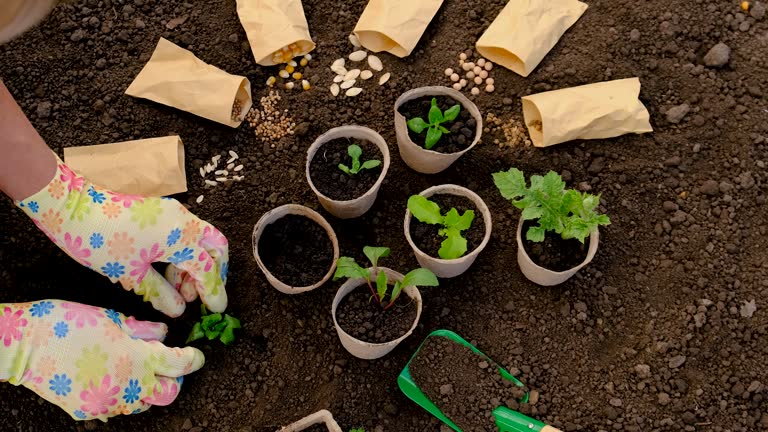



Soil Types and How to Identify Them for Your Garden
introduction
When it comes to successful gardening, understanding the type of soil in your garden is one of the key foundations for healthy plant growth. Soil types vary greatly from place to place, and each type has its own characteristics that affect how plants grow. In this article, we’ll learn about common soil types, and how you can determine your soil type through a few simple experiments.
Main soil types
There are four main types of soil, which differ in their texture and ability to retain water and nutrients:
1- Clay soil
Clay soil contains very fine particles and is known to be dense and heavy. Because of this, it can hold a lot of water, but it can suffer from poor drainage, which can lead to waterlogged and rotting roots. This soil is often cold and takes a long time to dry out.
2- Sandy soil
Unlike clay, sandy soil has relatively large particles, which makes it good at draining but unable to hold water for long periods. This soil dries out quickly, so it needs frequent watering. Another advantage is that it allows excellent aeration for the roots, which promotes their growth.
3- Calcareous (calcium) soils
These soils are usually alkaline in nature and contain a lot of calcium. They may appear white or pale in color and dry out quickly. Plants that prefer acidity may have difficulty growing in calcareous soils, but they can be amended with some organic means.
4- Loamy soil
is a mix between clay and sand, making it one of the best types for growing. Loam holds water well but has excellent drainage, and is rich in nutrients. This soil is ideal for growing a variety of plants.
How to determine your soil type
There are several simple ways to determine the type of soil in your garden:
1- Touch Test
Take a handful of soil and moisten it slightly. Try to form a small ball with your hands:
If the soil sticks together and remains as a solid ball, it is clay.
If it doesn’t hold its shape and crumbles easily, it’s sandy.
If it forms a ball but loses its shape when slightly squeezed, it is clay.
2- Jar Test
Place a soil sample in a glass jar and fill it with water. Shake the jar well and let it sit for a few hours. The larger particles (sand) will settle to the bottom, followed by silt, and finally the finer particles (clay). This method provides a visual view of the nutrient content of your soil.
After determining the soil type
Once you have determined the type of soil in your garden, you can begin to improve it to suit the needs of your plants. For example:
– To improve drainage in clay soil, you can add sand or compost.
– To improve water retention in sandy soil, you can add organic matter such as compost.
Conclusion
Choosing and caring for the right soil can make a huge difference in the success of your garden. With a little knowledge and experimentation, you can transform your soil into the perfect environment for plants to grow. Are you ready to find out what type of soil your garden has? Try the tests today and share your results with us in the comments!







